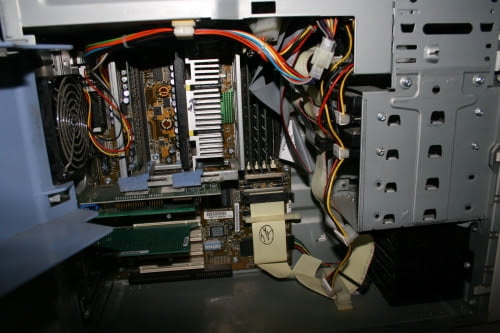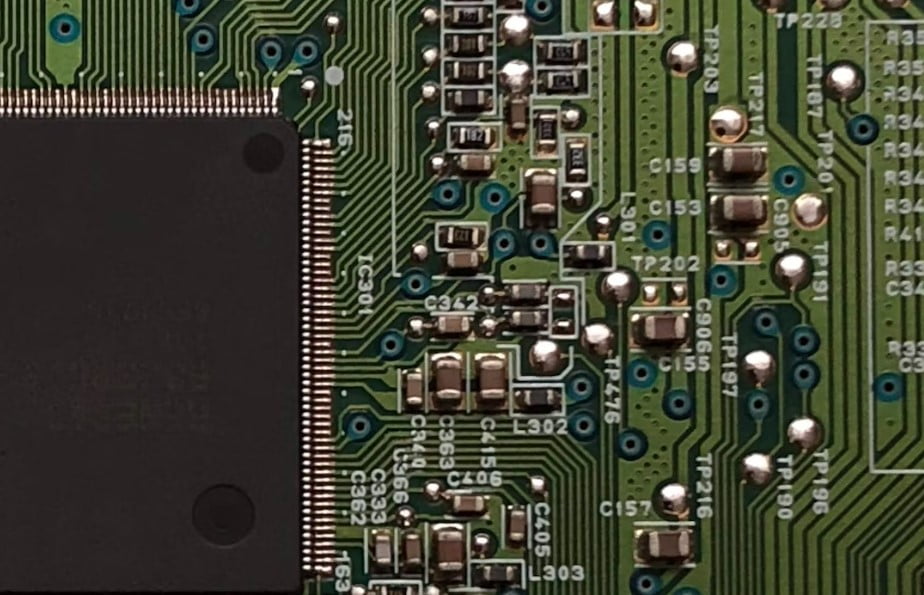Difference between Classical Bit and Quantum Bit
In two different articles, we discussed quantum bits in detail and how they differ from classical bits. However, in this article, we are going to look at the disparity between classical bits and quantum bits from an interesting perspective. As you already know, today’s digital devices are known as classical devices and their information is stored in bits. Simply put, bits work in all the conventional computers in use today. On the other hand, the basic unit of information in a quantum computer is known as quantum bits or qubits. In other words, quantum computing (QC) systems rely on qubits. Now, continue reading to learn more about their dissimilarities and find out Why can qubits be more useful than bits

Difference between Classical Bit and Quantum Bit
Discussed below are the main differences between classical bit and quantum bit:
| Basis for Comparison | Classical Bit | Quantum Bit (Qubit) |
| State | This exists as two-state binary values such as 0s and 1s or ON and OFF. If 0 represents OFF and 1 represents ON, it means that the two values cannot be active at the time. For instance, a digital device has to be either ON or OFF and cannot be ON and OFF at the same time. | Just like bits, values of quantum bits appear in 0s and 1s. However, qubits are unique because 0 and 1 can exist at the same time (mixed state). This is known as superposition. When superposition takes place, it results in the formation of a new valid quantum state. |
| Storage | Classical bits are stored as binary digits – a base-2 numeral system. For instance, (101)2 is a binary number. Each digit represents a bit. Also, two bits can be in four possible states like 00, 01, 10, and 11. However, it can only be one state at a time, thereby limiting the performance of the digital device. The values cannot be null and it represents the current state in the vector. | In qubits, information is stored as a combination of binary digits. For example, let’s look at a computer of 2 qubits – 00, 01, 10, and 11. The data can be stored in four states at the same time. Hence, QC systems work much faster than conventional computers. These values are called amplitude, which is the superposition of binary values. |
| Output Display | Conventional computers rely on classical bits. This enables users to perform computations and display its output on the visual display unit (screen) of today’s digital devices. | In contrast, QC systems are still in the development stage. This means that qubits are not truly independent now because researchers and computer engineers depend on bit-powered classical devices to display and view the output of quantum-related experiments. |
| Nature of Tasks | Computers based on classical bits can perform a lot of tasks, including easy and complex computations. For instance, it is easy just to sit in front of your computer and write HELLO WORLD, a phrase used to introduce new programmers to the craft. Doing this is pretty easy with this computer and so it is well suited for simple and not-so-difficult tasks. | On the flip side, QC systems are specially built to quickly tackle complex computational problems that today’s conventional devices cannot solve. This is known as quantum supremacy. Therefore, using a QC system to write stuff as simple as HELLO WORLD is tantamount to a complete waste of useful time because it takes time to do. In other words, these machines are specifically designed for solving complex computational and cryptographic problems, not doing simple things you can easily do with your classical computer. |
| Number of Use Cases | Thanks to bits – we can use today’s conventional devices to do almost everything. From banks to government offices, schools to airports, homes to churches, this generation of computers is scattered everywhere. | Qubits have a limited number of use cases. Simply put, they perform specific tasks. Companies are currently carrying out extensive research to deepen their understanding of the new technology and use QC systems to solve critical problems in many fields. |
| Cost | The cost of classical bits depends on the power of the processing unit. For instance, many computers on the market run on either 32-bit processor or 64-bit processor. While a CPU of 32 bits can process 34,359,738,368 bits at once, a CPU of 64 will process double that number. Depending on the specs, a digital device of 64 bits goes for $500 – $1500. | Well, QC systems are resource-expending machines – thanks to their ultrafast problem-solving capabilities. In fact, a 100-qubit QC system is more powerful than all the supercomputers in the world combined. Hence, they need plenty of energy to process information. For cost, D-Wave One of 50 qubits goes for $10 million, while D-Wave 2000Q of 2000 qubits sells for $15 million. Let’s be honest here, if these next-gen computers continue to go for this price, many people won’t be able to afford them and that outweighs their benefits (except in a few use cases). |
| Measurement of Values | The values are taken at two states because they are considered 0 and 1. You can measure the value from the top and bottom within the sphere. It is also important to mention that the measurement is taken in the form of the relative phase. | The values are better measured when they move around a sphere because that helps you consider all the system’s values. It can also be measured in the relative phase and global phase. While the relative phase is critical to the measurement, the global phase is often ignored. |
Conclusion

In conclusion, it is fair to state here that you have gained a deeper insight into the disparity between the building blocks of the two generations of computer systems. As you can see, many differences exist between them, but we must not fail to mention that they share some similarities. For instance, when the states of the classical bit and quantum bit are measured, they will yield the same value for the current state. Not to mention that information can be extracted from a copy of the qubit or bit in the system. We strongly believe you found this article useful. But then, should you have any questions, please don’t hesitate to ask us because we will be more than glad to answer them.
